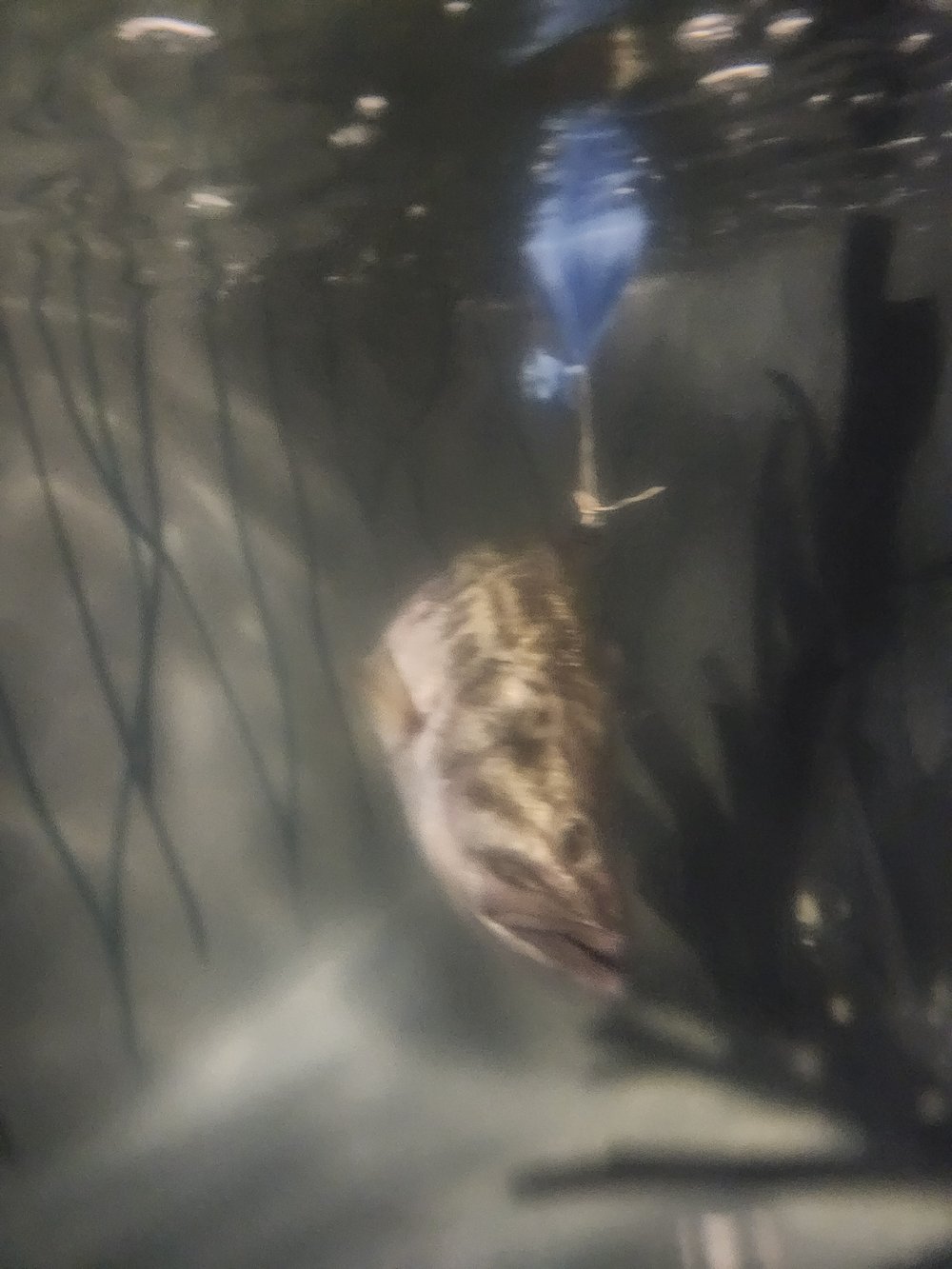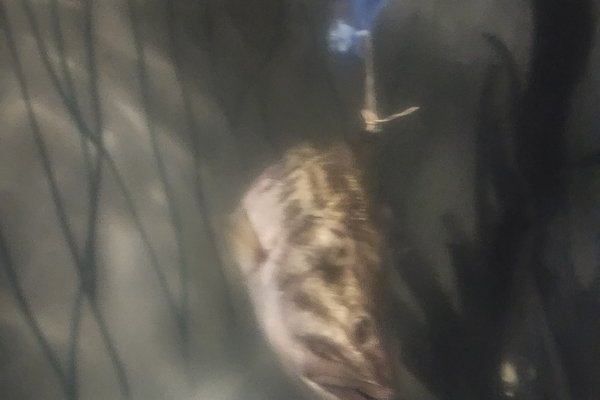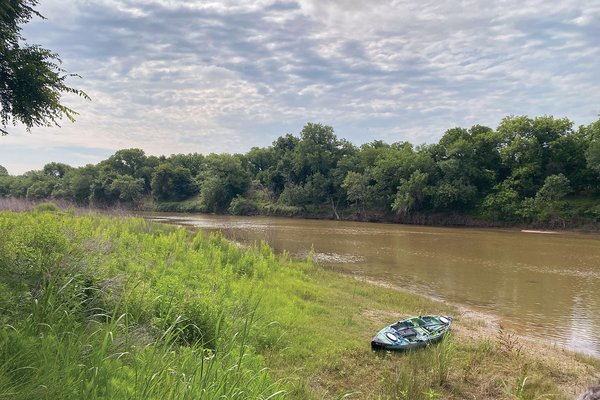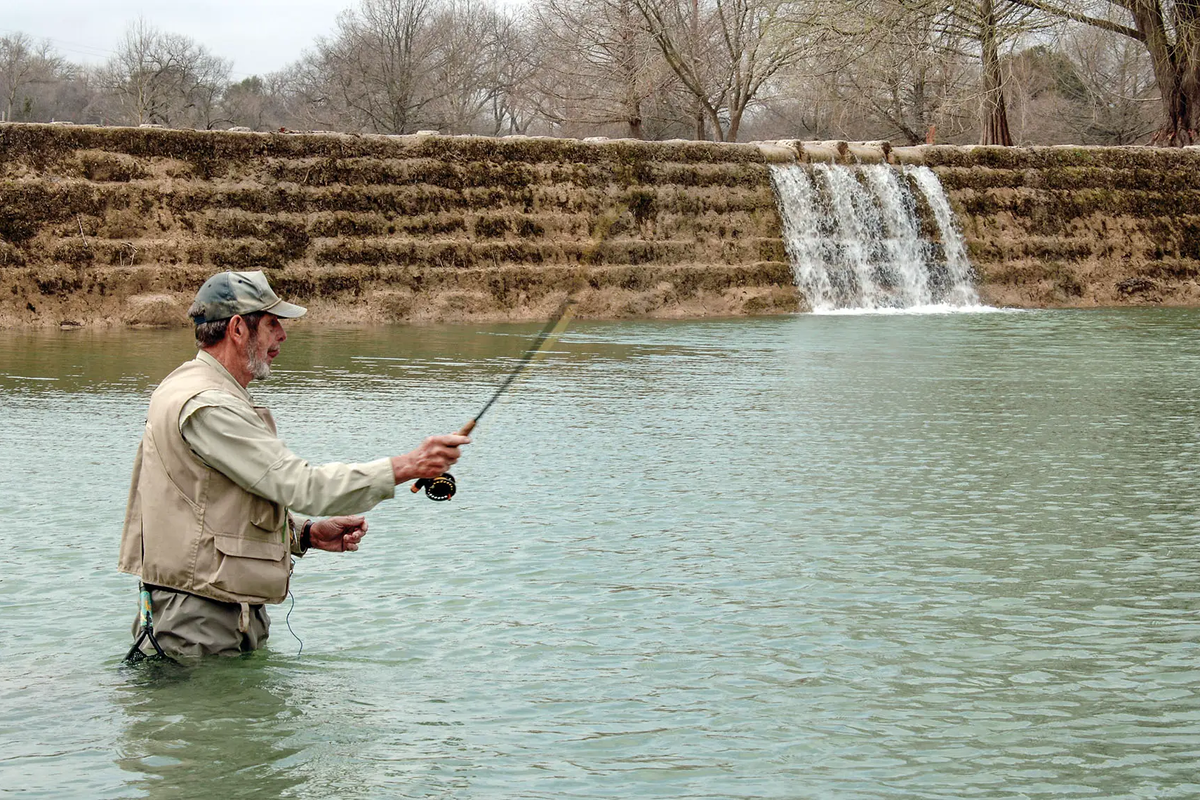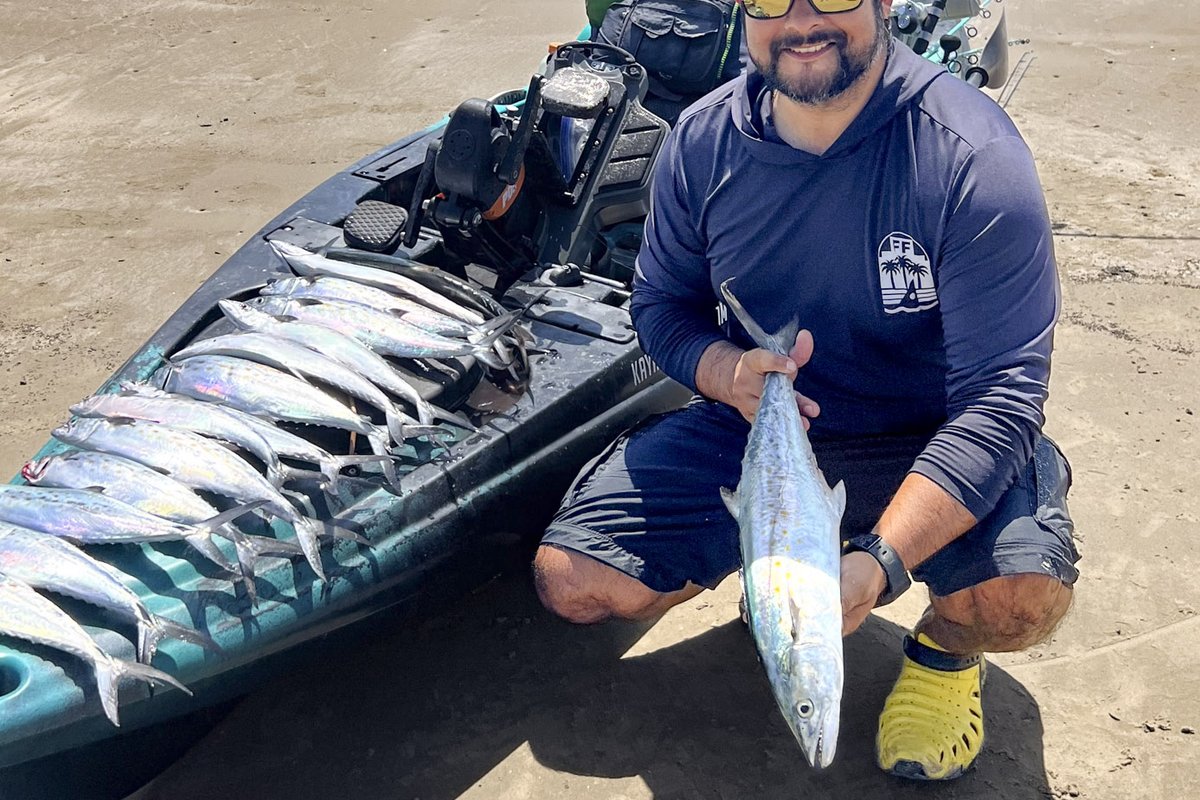When Alec Morrison landed a 13.82-pound largemouth bass while doing some advance fishing for a Major League Fishing tournament on Sam Rayburn Reservoir in East Texas, he knew he had caught something special.
He immediately contacted the ShareLunker hotline, and, upon confirmation of the fish’s weight on a certified scale, his fish became ShareLunker No. 655. (In the ShareLunker program, largemouth bass over 13 pounds can be donated for breeding.)
Members of the ShareLunker response team sprung into action, traveling from Athens to pick up the fish and bring her back to the Texas Freshwater Fisheries Center (TFFC).
However, the day’s events took a toll on this Texas giant.
Like many fish, largemouth bass possess a swim bladder that they can inflate and deflate in order to maintain their buoyancy. During moments of high stress or quick changes in pressure, this swim bladder can overinflate, and the fish loses its ability to stay upright. Damage to swim bladder tissue may also occur. Bobbing helplessly at the surface, ShareLunker 655 could not release the gas trapped inside of her.
In a process known as “fizzing,” experienced fish handlers carefully punctured her swim bladder to release excess gas before taking her back to TFFC. Typically, fish will recover from the damage caused by overinflation and from this procedure in a few hours, or in rare cases a few days, but ShareLunker 655 didn’t regain her buoyancy. Without the ability to regulate her buoyancy, she sank to the bottom of her holding tank. Contact with the tank can cause abrasions that can lead to infection and death.
After 10 days with no signs of recovery for the fish, TFFC hatchery biologists decided to get creative. It was time for a little “East Texas engineering!” ShareLunker 655 could not hold herself up off the bottom of the tank, and she needed something that could take the place of the swim bladder until it healed. She needed a prosthetic swim bladder.
Using what they had on hand in a way that would make MacGyver proud, TFFC staff fashioned a prosthetic swim bladder out of an inflated latex glove, a binder clip and some small zip ties. ShareLunker 655 was then able to hover and recover without worry of further injury. After a few days, her abrasions were healing. On day 10 of wearing the prosthetic, she began to eat again. Once a week, staff would try to remove the prosthetic, but every time it was removed, the fish would sink to the bottom. Finally, after 60 days of wearing the prosthetic, staff arrived in the morning to find it had been shaken off and ShareLunker 655 was swimming unassisted.
ShareLunker 655 has made a full recovery. Alec Morrison donated his catch to Texas Parks and Wildlife, and the fish, now affectionately known as “Glovey,” is on display for visitors of the Texas Freshwater Fisheries Center. For more information about the Texas ShareLunker Program or the TFFC, please visit texassharelunker.com or tpwd.texas.gov/tffc.
